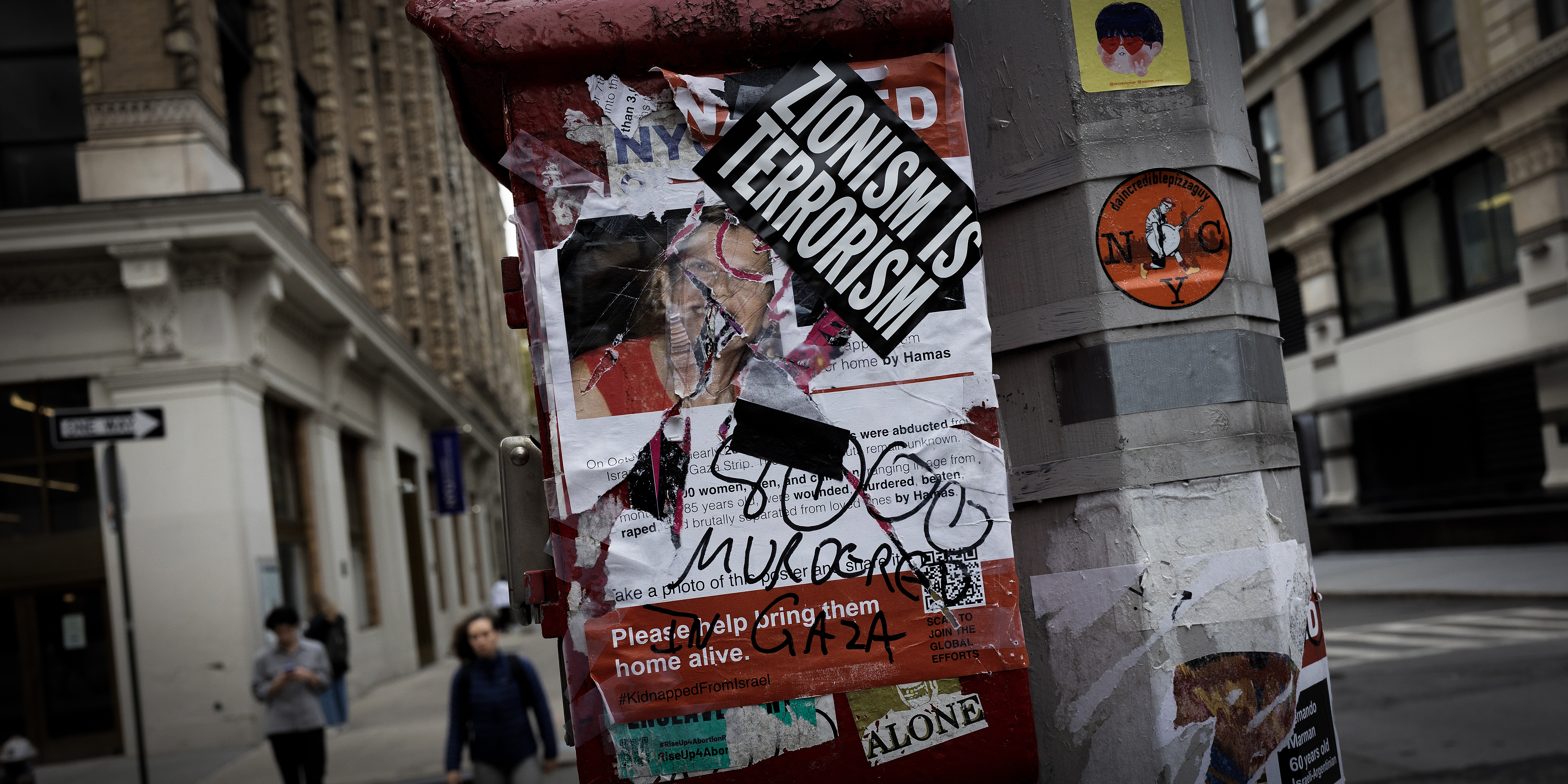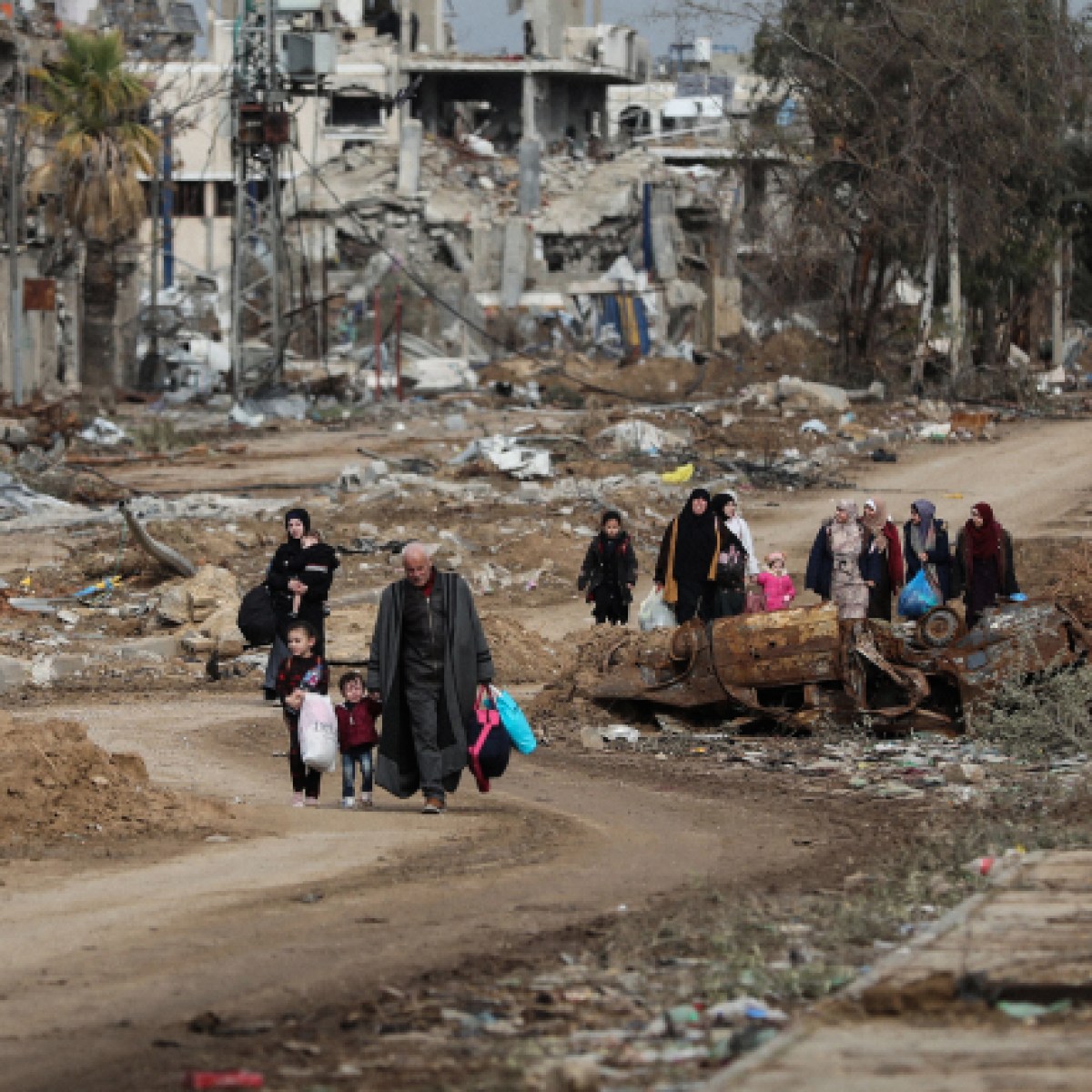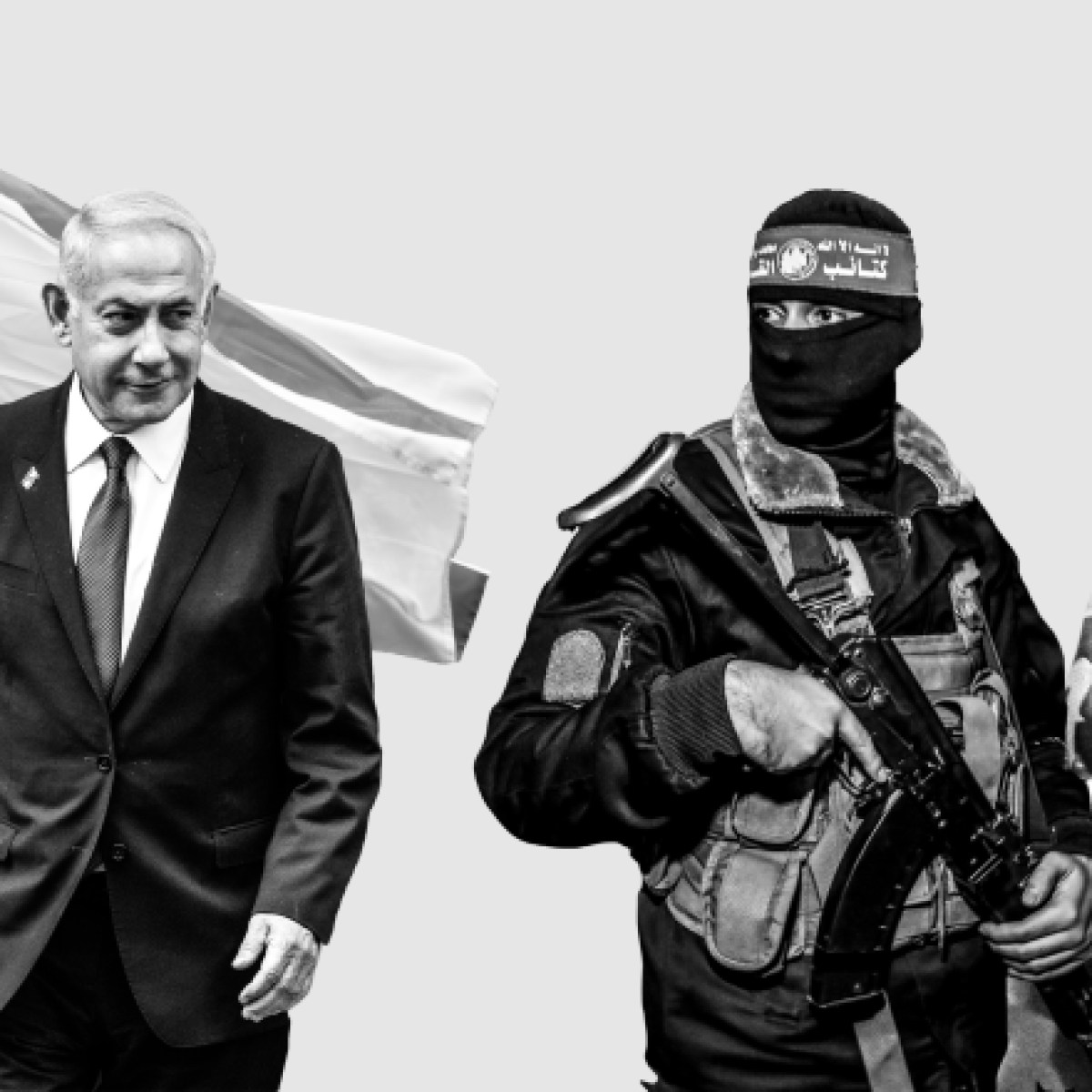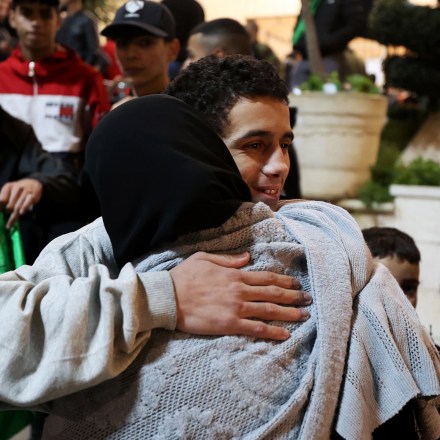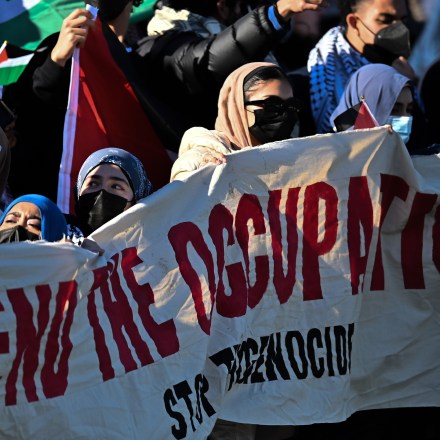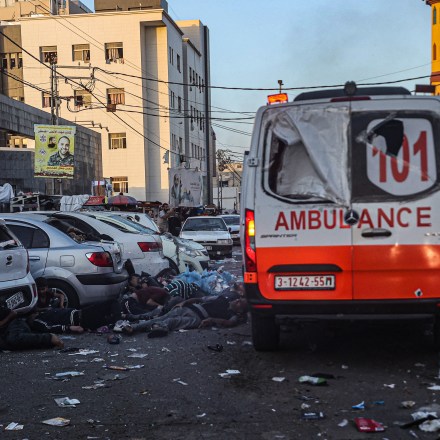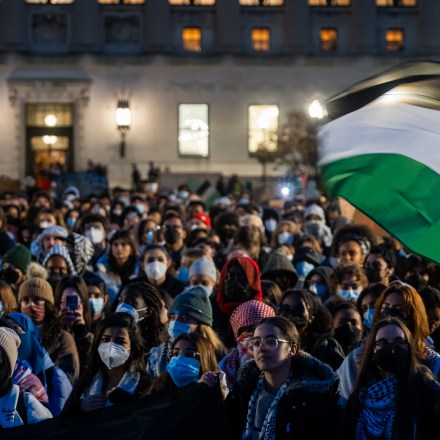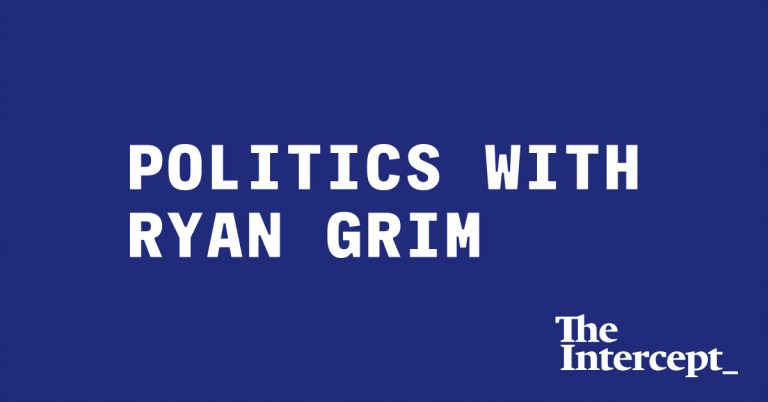Shortly after October 7, after Hamas entered Israel, murdered over a thousand people, and took more than 200 others hostage, the Israeli artists Nitzan Mintz and Dede Bandaid quickly formatted “kidnapped” flyers with the photographs and names of some of the captives. They said their motivation wasn’t political, that they were looking to work through their “fear in a dark time” by keeping public attention on the captives. Soon, Mintz and Bandaid made the flyers available online, translated into 22 languages, and now the images can be found in cities and on college and university campuses around the world, any place that has a stake in the great game of Middle East politics. Even as some Israeli hostages begin to come home, the posters remain flashpoints of global polarization.
Some opposed to Israel’s disproportionate assault on Gaza think the flyers are propaganda, a crass manipulation of suffering designed to cement a bond between the United States and Israel and ensure that Washington continues to give Israel both a free hand and what it wants in weapons to continue its assault on Gaza, exempt from the so-called Leahy Law, which prohibits supplying weapons to states involved in wide-scale human rights violations. As we approach the two-month mark since the hostage-taking, the posters have become rallying points in what is shaping up to be a global war for hearts and minds. Videos of people ripping down the flyers have gone viral, providing evidence that those who claim to speak on behalf of Palestinians are heartless and inhumane. “I’ve never seen anything like this,” CNN’s Jake Tapper recently said of the posters being ripped down. Some Americans, Tapper said, “are actually rooting for the hostage takers.”
As a New Yorker and historian who has worked on political terror in Latin America, I think there is another way to tell the story of the controversy these posters are causing, why some see them as a plea for help and others a call for war. They exist in a loop. In psychoanalytic terms, we might say it’s an endless return, a vortex of shared, unending trauma, starting with the Holocaust, continuing through death-squad terror in Latin America, onward to 9/11, and now to Gaza and back to the Shoah.
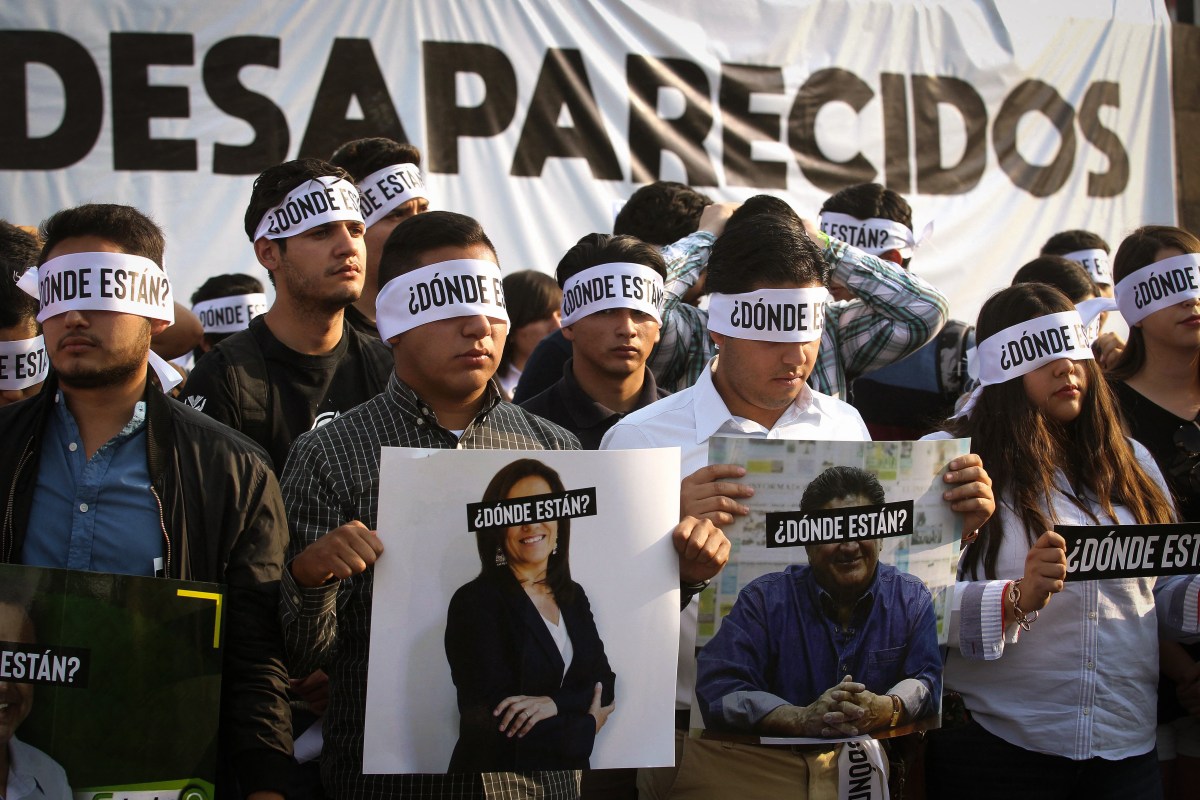
Night and Fog
In Latin America, the repressive tactic of “disappearing” enemies of the state came into widespread use in the early 1960s, as Washington mobilized its allies to ensure the containment of the Cuban Revolution. The tactic itself emulated Adolf Hitler’s famous 1941 Nacht und Nebel, or Night and Fog, decree, which directed security forces operating in occupied territories, mainly France, to capture dissidents and hold them incommunicado. Most were executed. The Nazis coined a neologism for these victims, vernebelt, which loosely translates as transformed into mist. Latin Americans called their missing los desaparecidos, the disappeared. It was an especially cruel method of repression. Family members and friends exhausted their energies dealing with labyrinthine bureaucracies trying to find some hint of where their loved ones might have been taken, only to be met with indifference by government officials. “To disappear” is normally an intransitive verb, meaning the object of the sentence is doing the action. “My keys disappeared.” “That book disappeared.” Latin Americans turned it into a transitive verb, used often in what linguists call the adversative passive voice, to indicate an unfortunate occurrence: “She was disappeared.”
By whom? Everyone knew. The sentence’s subject noun was left unstated, underscoring the covert nature of the death squads: Fue desaparecido. Into the mist.
As violence intensified in Guatemala in the early 1980s, relatives and comrades of those taken by security forces would, within days, put up flyers on city walls with their faces, names, and dates of disappearance, along with, often, the unions or political organizations to which they belonged. The walls of union halls were filling with photographs of the missing, yet this was still a moment when it was possible to believe that the Left was in ascendence. Deborah Levenson, a historian who documented the 1985 siege of Guatemala City’s Coca-Cola plant during this period, says that images of the missing were not meant to convey defeat, nor to preserve what later would be called “historical memory.” Levenson, in response to a query for this essay, recalls that the bottling plant’s cafeteria was adorned with large photographs of the vanished staring down on surviving militant unionists as they ate. The missing and the dead alike were understood to be something like Christian martyrs, who had sacrificed their lives for those fighting for a better life. The subtext was clear, she said: “The loss of this person will not stop us but make us stronger.”
But the Left in Guatemala, as throughout Latin America, was defeated, brutally so, and the meaning of the public photographs of the missing changed. They evolved from inspiration to accusation, evidence of crimes against humanity, proof that this person once lived and now is gone. By the end of the 1980s, death squads, police units, and military detachments had, in addition to committing run-of-the-mill extrajudicial assassinations and massacres, disappeared thousands in Chile; tens of thousands in Argentina; around 10,000 in El Salvador; and 45,000 in Guatemala. As Gabriel García Márquez told his Swedish audience in his 1982 Nobel acceptance lecture, it’s “as if no one could account for all the inhabitants of Uppsala.” This form of repression has outlived the Cold War; more than 100,000 Mexicans have disappeared over the last two decades, victims of a never-ending war on drugs.
Defeat brought forth the need to find an appropriate way to render the disappeared, a way to fully represent both the specific individual who had been taken and the magnitude of what had been lost. In Argentina, the junta had been disappearing people since 1976, but it wasn’t until the early 1980s, in increasingly bold actions taken by the Madres de Plaza de Mayo, that people began to openly come out into the street with photographs of their missing. Elías was last seen in the clandestine concentration camp El Vesubio on the outskirts of Buenos Aires, Argentina, in 1978. His son, a friend of mine, remembers his mother making their placard with a heavy black marker. The family had little money, so a human rights organization paid to have the photograph from Elías’s citizenship card enlarged.
In late 1983, a collective of Argentine artists working with relatives of the disappeared decided it was time to defy the generals and stage a large demonstration, and they searched for an artistic medium that could convey the enormity of the suffering, some way to represent both humanity and its loss. One of the organizers landed on panel series titled “Each Day at Auschwitz” by the Polish artist Jerzy Skapski. Skapski had crammed each poster with thousands of silhouettes, meant to represent the people who were killed daily at the death camp.
Skapski’s silhouettes captured exactly what the Argentines hoped to convey: an outline of loss, a trace of something that was at once particular and universal, a human and humanity.
It made sense for this group of activists to look to the Holocaust for ideas on how to represent loved ones taken. The Argentine junta was viciously antisemitic, and Latin America was indispensable in the creation of Israel, casting more than a third of the total United Nations votes in 1947 in favor of partition and voting unanimously, all 18 Latin American nations, for Israel’s admission into the U.N. The horror of Hitlerism resonated in Latin America. Pablo Neruda made anti-Nazism a topic in his writings, and Jorge Luis Borges addressed the Holocaust in his short stories. For decades, the Latin American Left understood itself as struggling against local variants of fascism, as if World War II hadn’t ended but merely shifted venues.
Skapski’s silhouettes captured exactly what the Argentines hoped to convey: an outline of loss, a trace of something that was at once particular and universal, a human and humanity.
On September 21, 1983, as Buenos Aires’s city center, the Plaza de Mayo, filled with protesters, organizers asked those who had lost family members to lie down on sheets of white paper and let an artist draw outlines of their bodies. The name of the disappeared, along with the date they went missing, was then painted on the silhouette. By the end of the day, thousands — some say 30,000 — silhouettes were plastered on the walls of government buildings surrounding the plaza and adjacent streets. Later, the sheets were turned into stencils and the images spray-painted on walls, making it look as if ghostly shadows were walking the streets of Buenos Aires.
The event was called the siluetazo, which might best be translated as silhouette-a-thon, and it was the largest protest against disappearances in Latin America of its time. Soon, similar silhouettes began to appear in other Latin American cities. Most recently, the silhouette image was used to represent the 43 Mexican students from Ayotzinapa, Guerrero, who, in 2014, were brutally executed and disappeared by Mexican security forces.
I’ve walked by untold numbers of desaparecido posters. One still sees them today, decades after the worst of Central America’s terror, plastering walls in the center of Guatemala City; Santiago, Chile; and Buenos Aires, Argentina. “Where are they?” they ask.
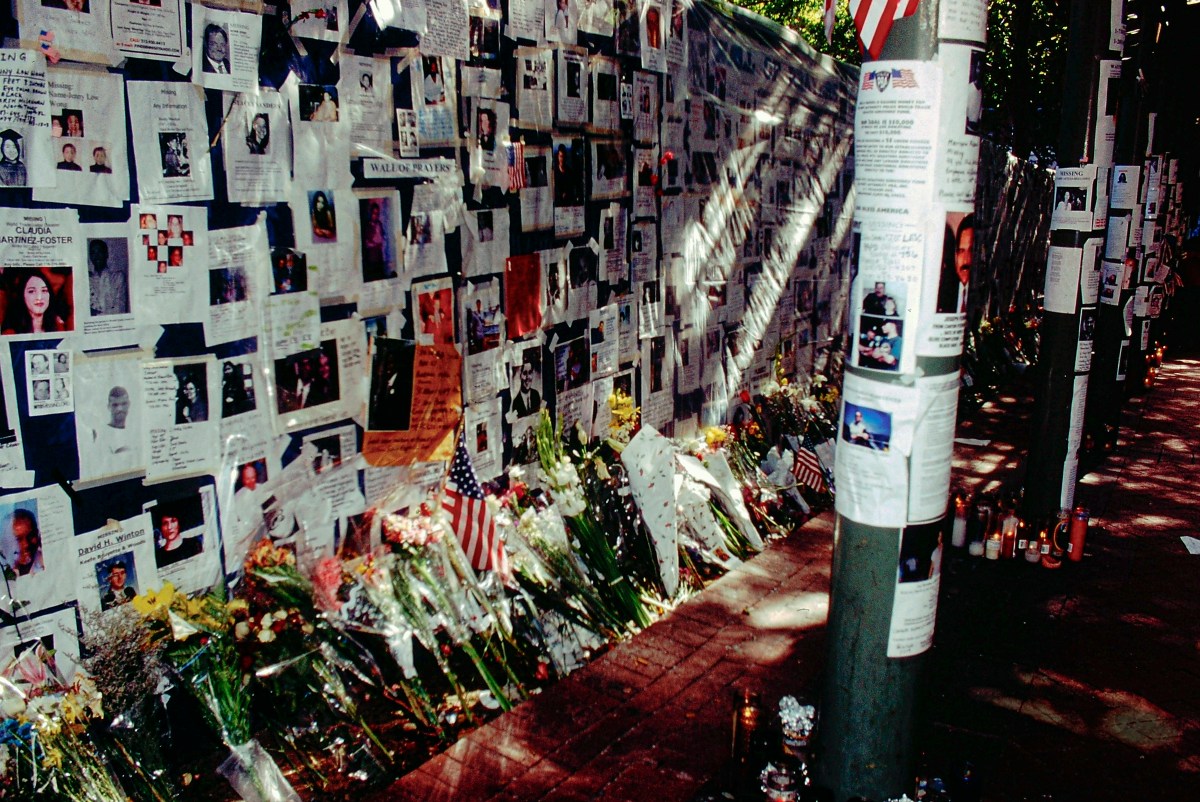
The 9/11 Missing
In New York after 9/11, the spontaneous display of “missing” posters seemed familiar. The flyers reportedly started in response to rumors that the city’s hospital beds were filled with thousands of unconscious, unidentified victims and that some people were found walking the streets with amnesia. The first set was done in a rush, with hastily compiled information about a missing person, including their height and weight and the color of their hair and eyes, along with where they worked and on what floor, in either the north or south tower. As the days went by and the rumors of unidentified survivors proved untrue, the posting continued, with physical details giving way to more personal information, including details about their children, their partners, and their hobbies.
Within a week, they were everywhere in the city, taped to chain-link fences, pasted on walls and lamp posts and on subway entrances. The walls of St. Vincent’s — since closed and sold to developers, like so many of New York’s community hospitals in the early 21st century — were covered with them. Many of the victims and left-behind family members were of a different status than the Latin Americans who were disappeared. They lived in the most powerful nation in the world, in history, and presumably most weren’t especially politically active, unlike the majority of Latin America’s disappeared. The World Trade Center, though, employed hundreds of migrant workers, many undocumented, from Mexico, the Dominican Republic, and El Salvador. The union UNITE HERE counted 43 immigrant workers at Windows on the World among the dead.
“The whole United States was forced to look into the abyss of what it means to be desaparecido, with no certainty or funeral possible for those missing.”
Class and status mattered nothing in the dust and rubble. All shared a disorientation that was recognized by Ariel Dorfman, a Chilean writer who has devoted himself to considering the problem of Latin America’s “disappeared.” “Suddenly,” he wrote in an essay published in the Los Angeles Times just after the towers fell, “the whole United States was forced to look into the abyss of what it means to be desaparecido, with no certainty or funeral possible for those missing.” Such pain was routine for much of the world, leading Dorfman to hope for a kind of reconciliation, a way to end the “famous exceptionalism” that had kept the United States sequestered from much of the world. “Their suffering is neither unique nor exclusive,” he wrote, but rather connects them “with so many other human beings who have suffered unanticipated and often protracted injury and fury.”
Dorfman was wrong on that score. George W. Bush’s advisers were already determined to “move swiftly” — as Secretary of Defense Donald Rumsfeld said before the sun set that first day, according to the notes of an aide — to “go massive – sweep it all up, things related and not.” Liberal and neocon hawks were quick to lay out the case for an expansive war, not just to bring the perpetrators of 9/11 to justice, but also to remake the Middle East in a way that would ensure U.S. global dominance. On September 14, George W. Bush, standing atop a crushed fire truck with a bullhorn in hand and a firefighter by his side, let the world know it would soon hear from the United States.
The “missing” flyers, though, were like flowers pushing up through cracks in cement. Some displays had American flags, but they were small and had nothing of vengeance about them. They conveyed a range of feelings, none of them warlike. It took your breath away, coming upon a wall or a chain-link fence papered with them. The photographs showed victims as their relatives wanted to remember them: holding pets, hugging partners, or playing with their children, or just a close-up portrait. Some had hearts and flowers drawn in yellow, blue, red, and green, perhaps by the victims’ children. They were intimate portraits, handmade by people who knew the missing, and, like their Latin American counterparts, they were affirmations of humanity.
For a few brief weeks, as the country was being prepped for what we were told would be a prolonged campaign, these flyers continued to affirm life’s fragility, as brittle as the tape holding them in place. No doubt many families of the World Trade Center dead did want revenge and were roused by Bush’s rallying cry. Yet judging from the composition of most flyers, the people who made them weren’t thinking about geopolitics or civilizational wars. They weren’t trying to crystalize an us-versus-them absolutism. I don’t remember any of them mentioning Al Qaeda. They were the closest atheist New Yorkers would come to the sacred.
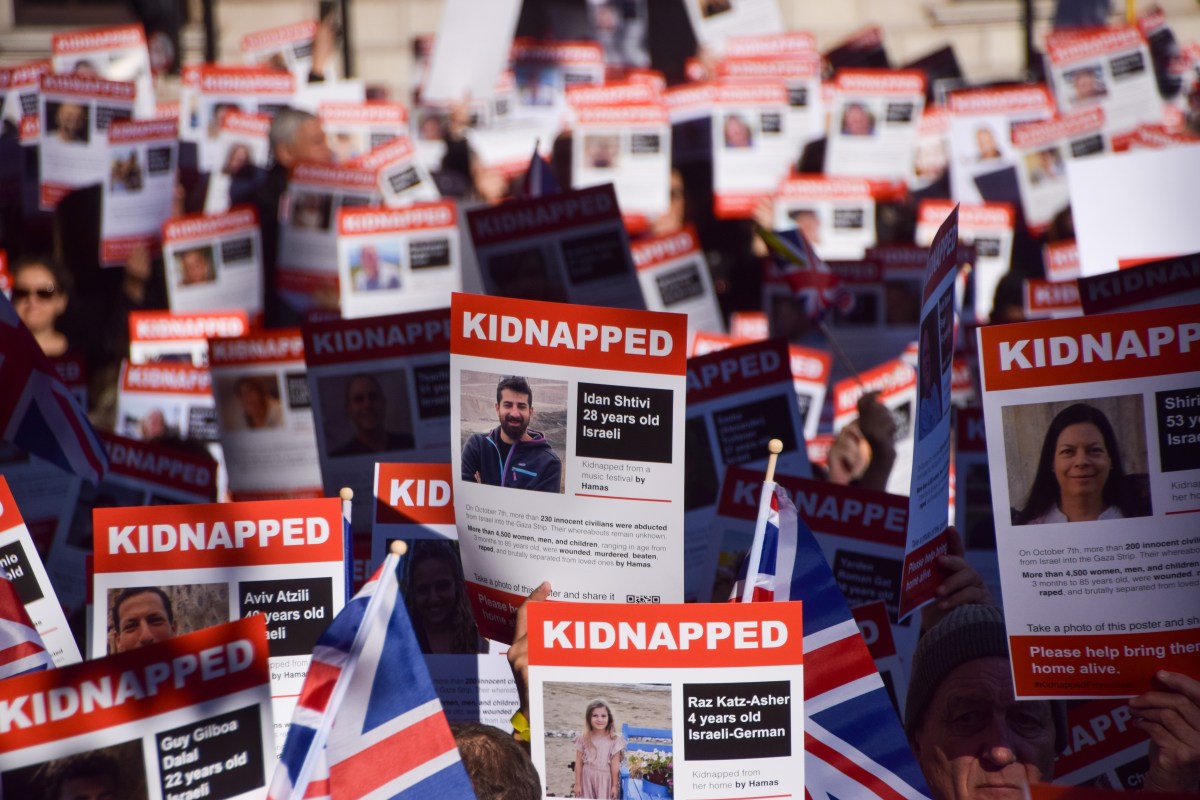
Pointless Provocations
The posters made on behalf of the October 7 Hamas victims are different. Mintz, one of the artists who came up with idea, describes herself as a “visual poet,” but there’s no poetry in this particular work. Moral values are inescapably artistic in nature, as E.L. Doctorow wrote in his 1977 essay “False Documents,” and these flyers convey a martial aesthetic. They are starkly uniform in arrangement, all topped with an uppercase “KIDNAPPED” headline running in block letters. Under the header to the left is a picture of a victim or victims, and to the right, their details. The information, though, is sparse. Sometimes the flyers don’t even give names, but simply say “entire Israeli family” or “young Israeli couple.”
It’s the generic sameness of the posters, complete with QR codes, not the individuality of the missing, that is most striking. Sen. John Fetterman has wallpapered his entire outer office with these flyers, a strident brick-like array of red, black, and white. Fetterman says they are staying up until all the hostages come home. Over 200,000 Arab Muslims, including many Palestinians, live in Pennsylvania; were they to enter that antechamber, would they feel welcomed or excluded by what they saw there?
The critic Roland Barthes used the word “punctum” to describe an eye-catching detail in an image that establishes a relationship between a viewer and the objects and people in the image. In these “kidnapped” posters, the punctum, to me at least, is the word “Israeli,” an insistence that the most important thing about the kidnapped is not their humanity, but their nationality. In this sense, they differ from their Latin American and 9/11 forebears, which stressed a universality, a shared human vulnerability and collective mourning. The nationalism of the “kidnapped” flyers is underscored by the artists’ decision not to include, in some form or other, Palestinians in Gaza in their art project. A few posters do make mention of “Argentines” and other nationalities, including unidentified “migrant workers,” taken by Hamas. Yet amassed together on a wall, they don’t — as did past projects to visually eulogize victims of political terror in Latin America, New York, and during the Holocaust itself, including Skapski’s memorials — seem concerned with transmuting terror into a deeper commitment to a shared universalism. The statement of the “kidnapped” posters is different: We want you to share our outrage against Hamas’s atrocities, but the pain and right of retribution, unlimited, belongs to Israel alone.
The statement of the “kidnapped” posters is different: We want you to share our outrage against Hamas’s atrocities, but the pain and right of retribution, unlimited, belongs to Israel alone.
Over the last few days, after a blessed but limited ceasefire went into effect, Hamas and Israel have exchanged scores of captives. Among those released by Hamas were a number of migrant Thai workers, while both sides have freed children and elderly people. For a moment at least, the joy of family reunions, smiles, tears, and hugs among both Israelis and Palestinians raised hopes that out of shared pain and vulnerability, a common humanity could emerge, a reprieve from the bellicosity of the “kidnapped” posters. As I write this, I can almost hope that the peace will hold. But Israel’s defense minister, Yoav Gallant, has made it clear that “the respite will be short.” Once the ceasefire is over, the Israel Defense Forces will resume its assault on Gaza “with intensity” in a war that may last months more.
Meanwhile, the “kidnapped” posters have been transformed into antagonistic performance art. Supporters of Israel put them up, at times in places intentionally meant to provoke, such as near Palestinian restaurants. And then advocates for Palestinians pull them down, with the video of the act posted online, taken as evidence that what really moves those who claim to care about Palestinians is antisemitism, that they are so coldhearted they can’t bear to leave a memento of a stolen child on the wall. A report in Miami’s New Times found cases in which individuals had put the poster up with a clear intention of videoing someone tearing it down, in a bid to have them fired from their place of employment. Viral videos posted by defenders of Israel show defaced posters, some with feces.
We live in a precarious time of heightened sensitivity. Contretemps over slogans, placards, and posters can deepen schisms, charging routine acts with malicious meaning, transforming every utterance into an insult. We should tread carefully and avoid, at all costs, pointless provocations.
War does radicalize, so it is useful to keep in mind that even the most obscene slurs and outrages — including painting synagogues with antisemitic graffiti, or Israel’s supporters telling anti-Zionist Jews that Hitler should have gassed them — are byproducts of the main thing: killing and kidnapping; siege; occupation; dispossession; the bombing of hospitals, bakeries, and refugee camps; the denial of water and electricity to civilians; and the massacre and maiming of children.
